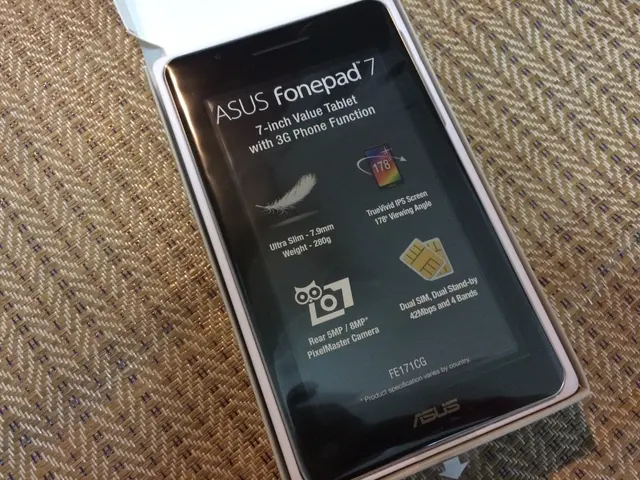Smartphone Battery Innovation: Reasons for Cautious Approach from Apple and Samsung
The Lackluster Battery Situation in the Galaxy S25 Series
Sigh, what a letdown! You might be thinking the same thing about the Galaxy S25 series announcement, especially when it comes to batteries. No significant upgrade was offered in size, tech, or capacity.
The S25 and S25 Ultra have the exact battery size and charging speeds as the S20 models, and the S25+ only squeezes in a slight capacity increase.
Rumors swirled about the S25 series embracing Silicon-Carbon Batteries – an advanced lithium-ion battery type – but sadly, no such luck.
Silicon-Carbon Batteries: A Modern Marvel
Imagine batteries that could store more energy, charge faster, and last longer. That's what Silicon-Carbon batteries offer, and they're a game-changer!
By replacing some components in old batteries with new materials (graphite with silicon), these babies boast impressive results. Silicon can pack in more lithium ions than graphite, offering higher energy density and prolonged battery life.
Take the OnePlus 13, for example, which launched with a whopping 6,000mAh battery despite unchanged physical size. That's the power of Silicon-Carbon batteries, baby!
The carbon component helps improve stability and reduces swelling issues, ensuring the new batteries perform just as well as the old ones. Better still, they can charge faster than traditional lithium-ion (Li-ion) batteries, making them all the more tempting.
So, why no Silicon-Carbon love for the S25 series? Well, Samsung seems to be embracing optimization over sheer hardware upgrades, much like Apple.
Battery tests show that the OnePlus 13 only outlasts the S25 Ultra by a small margin – around 45 to 60 minutes longer in endurance.
Why the Big Guys Haven't Jumped on the Silicon-Carbon Bandwagon
cost
Ya, you guessed it. Money talks. Silicon-Carbon batteries are more expensive to produce, and scaling up production for millions of devices calls for significant investment. That's a steep cost for companies like Samsung or Apple, who are relatively cheapskates compared to the likes of OnePlus.
longevity and safety concerns
The high cost and questionable long-term reliability (like those pesky Note 7 debacles) could be the main reasons why the likes of Samsung, Apple, and Google haven't made a move on Silicon-Carbon batteries. But, remember, change is inevitable, and the technology is continuously evolving with each passing year.
Upgrades are coming
Rumors suggest that Samsung plans to equip the Galaxy S26 with Silicon-Carbon batteries, potentially increasing capacity to 7,000mAh. The iPhone 17 line, expected to launch in September 2025, may also feature Silicon-Carbon batteries, boldly embracing the future of batteries.
Samsung may save the new battery tech for the thinner S25 Edge, which could see the iPhone 17 Air make its grand debut this year. Emulation at its finest, wouldn't you say?
Despite the impressive potential of Silicon-Carbon batteries, they remain a no-show in the Galaxy S25 series, opting instead for the same old lithium-ion batteries found in the S20 models.
In contrast, companies like OnePlus have embraced the future of batteries with their Silicon-Carbon technology, offering higher energy density, longer battery life, and faster charging times – features notably absent in the latest Galaxy S25 series gadgets and smartphones.







